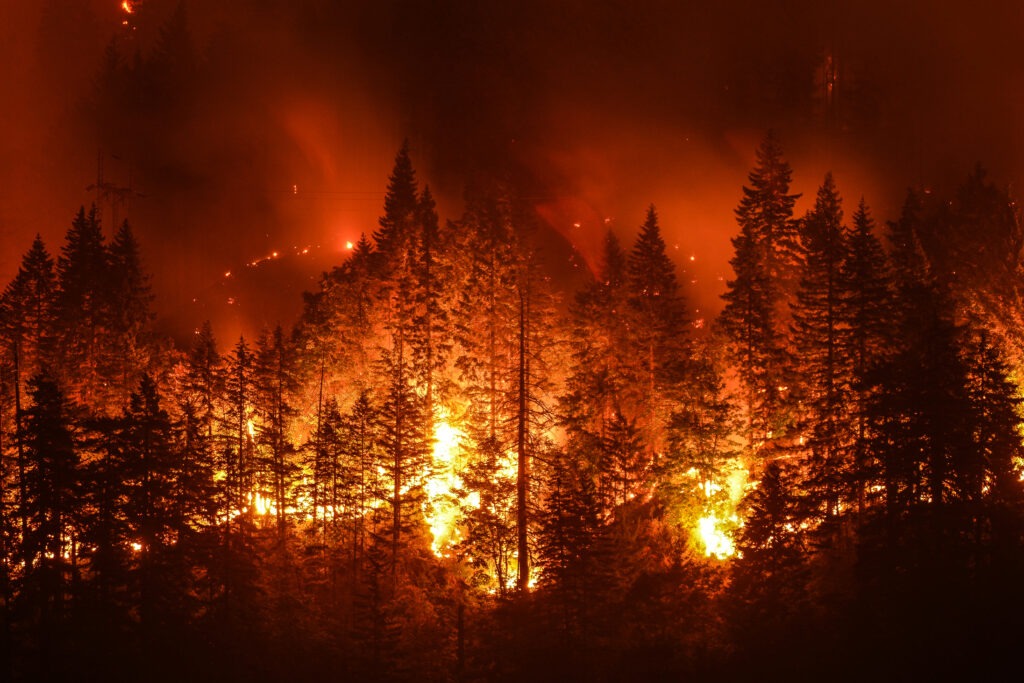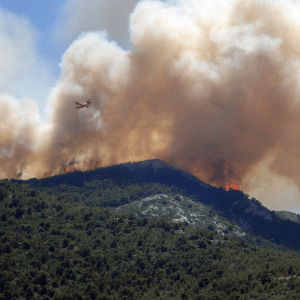
Two of the largest home insurance firms offering coverage for expensive homes, AIG and Chubb, are refusing to renew coverage for some policyholders in California due to wildfire risk.
AIG will soon start notifying around 9,000 Private Client Group customers that they will not be renewing their home insurance policies for 2022. This decision is part of AIG’s plan to stop selling California home policies through a unit which is regulated by California’s insurance department.
Some of the policyholders may be eligible for home insurance through another AIG unit, according to an email AIG sent insurance brokers last year. This other unit works alongside other excess-and-surplus lines insurers. These insurers have more freedom on the terms and rates of policies than do those in the more strictly overseen, broader market for home insurance.
The excess-and-surplus policies may cost three to five times what AIG’s policyholders currently pay, with coverage that is less generous.
“AIG is the first high-net-worth carrier to say ‘we’ve had it, we’re divorcing ourselves from California’s regulated market,” said San Francisco insurance broker Jim Tolliver.
Chubb continues to refuse to renew some policies. However, Paul Krump, a Chubb vice chairman, said “we are still accepting new customers across the state in areas where we have a fair chance of earning an adequate return.”
The amount of policies Chubb has refused to renew was “not a small amount” where homes are “both highly exposed and even moderately exposed to wildfire,” according to Chubb Chief Executive Evan Greenberg.
“Someone else will have the pleasure” of providing insurance for which “we cannot charge an adequate price for the risk,” Greenberg said.
Chubb plans to offer excess-and-surplus policies to many of their customers whose current policies they refuse to renew.
California insurers have been refusing to renew home policies for years. Some insurance companies are frustrated that California regulations mandate they set their rates based on historical losses rather than future loss projections determined by catastrophe modeling. Catastrophe modeling can provide location-specific, detailed data that insurers say they require due to increasing wildfire activity in California.
State regulators are concerned about the accuracy of catastrophe modeling and say insurers can receive adequate rate increases under California’s current system.
“We are very disappointed that a diversified company with massive global resources like AIG is not staying the course to help support safer, more resilient communities here in California,” said deputy insurance commissioner Michael Soller. California has been attempting to help Californians reduce the risk of wildfires and has encouraged insurers to give Californians mitigation measure discounts.

California’s insurance department approved an average 17.5% rate increase for AIG home policies in 2020, but another AIG request for a 42% increase is pending.
Finding coverage once a policy’s renewal has been denied can be troublesome in California, especially for expensive homes.
“I am sure there is enough blame to go around: the insurance department, the insurance companies, the policyholders,” said Jeffrey Green, a financial services firm’s managing director. “But “you’re going to devstate people if they are uninsured and their homes burn down.”
Green, who lives in Napa County, is facing non-renewal from AIG this year.
Californians with homes worth over $10 million can pay $20,000 to $40,000 in premiums every year, and Californians with homes worth over $30 million can pay over $100,000.
AIG told California officials its decision to not renew some policies is due “not only to heightened wildfire risk exposure in California, but also to the costs of servicing high-value homes.” AIG noted in an email to brokers that wildfires and mudslides in the past five years have played a role.

